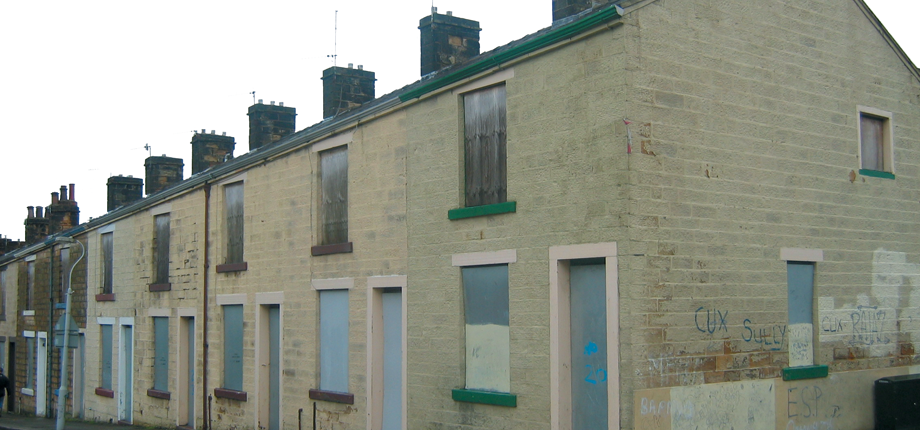What is retrofitting, exactly?
For the purposes of this article, I’m referring to ‘Retrofitting’ as the refurbishment of domestic and non-domestic buildings to reduce energy use and associated greenhouse gas emissions.
In particular, this refers to projects that make major changes across the entire building to significantly reduce energy usage that require design by specialists.

Why is it important?
Due to the shortage of affordable homes, the government has stated that we need to build around 250,000 additional houses each year to meet increasing demand.
However, with the latest data suggesting that there are over 200,000 homes which have been empty for over six months in Britain, do we really need such a bold and ambitious target?
Or could we instead include the retrofit of existing empty properties to make housing the population an achievable goal?
A property becomes 'long term' empty when it's been unoccupied for 6 months or more.
In London alone, for example, there were 20,915 homes sitting idle for over six months in 2015 - that is almost £12.4 billion worth of empty property, in a city facing an extreme housing shortage.
Work on empty homes can achieve positive outcomes with regards to:
• Housing Supply
• Community Regeneration/Town Centre Renewal
• Sustaining Rural Communities
• Restoring Confidence in local property markets
• Discouraging Anti-Social Behaviour (due to fire/vandalism/fly tipping of empty properties)
• Climate Change and Sustainability
The Empty Homes Agency in England has estimated that the cost of refurbishing an empty home is between £6,000 - £25,000.
In comparison, the average cost of a new build home in the UK is in excess of £100,000.
And of course when you are bringing an empty home back into use the infrastructure and local services will already be in place.
It isn’t just about the numbers
Consider also the human cost; UK homes are some of the most expensive to heat in Europe because of poor maintenance and insulation.
The UK has the highest levels of fuel poverty of a dozen comparable EU nations, as well as one of the worst proportions of homes in a poor state of repair.
ONS figures show that over the winter of 2016-17 there were 31,800 excess winter deaths among the over 65s from cold-related illness such as heart attacks and strokes (compared to 20,800 the previous year).
One third of all the excess winter deaths reported were caused by respiratory diseases.
Whilst it’s true that not all winter deaths are due to fuel poverty, over 10m British families live in a home with a leaking roof, damp walls or rotting windows.
The links between cardiovascular diseases and cold, damp homes cannot be ignored.
It is a national disgrace that thousands of people are dying unnecessarily every year - lives that could be saved by something as simple as better insulation or the installation of low cost renewable heating such as a heat pump.
In summary
There has never been a better time to rethink the approach towards quality and skills within building and retrofit projects.
The challenges of preventing fuel poverty, reducing excess winter deaths and meeting carbon targets urgently need to be tackled.
Focusing on new build alone cannot resolve these issues, so refurbishing our existing tired and empty properties must be a priority.
Piecemeal, incremental approaches will not have the required impact. It’s time to rethink retrofit.
This article and other blogs by Joe Bradbury appear regularly on www.thehub.mitsubishielectric.co.uk which contains useful and informative articles on legislation, technology and sustainability.
- Log in to post comments















